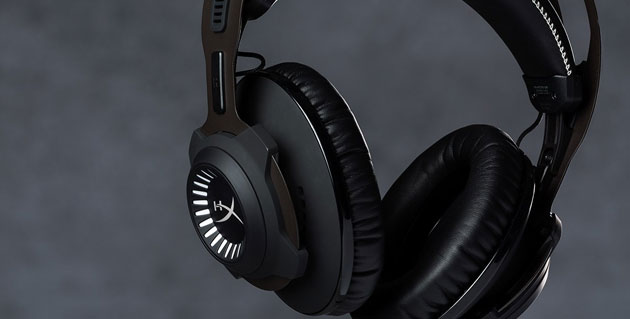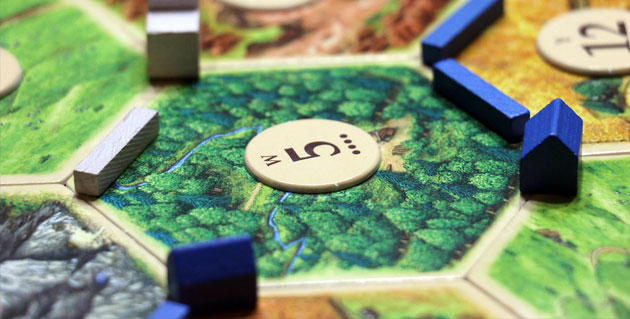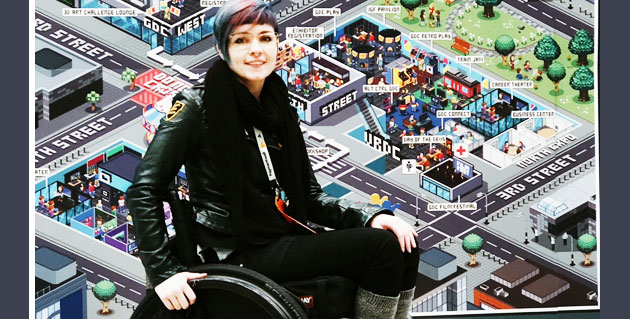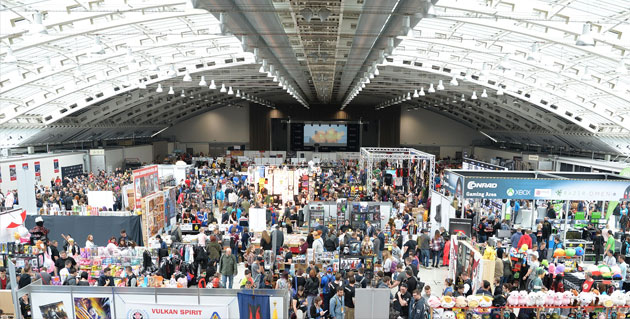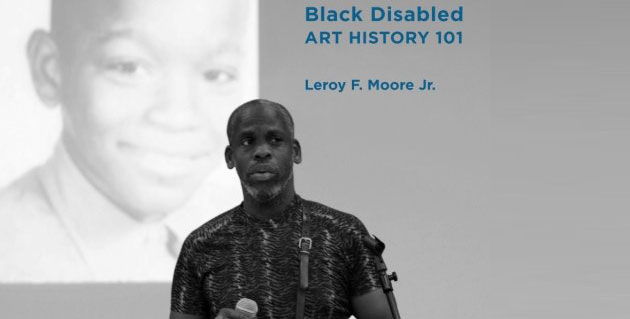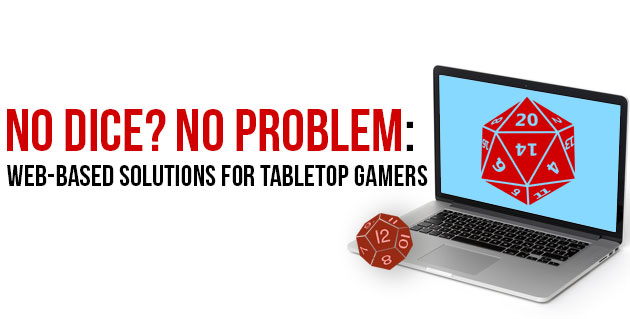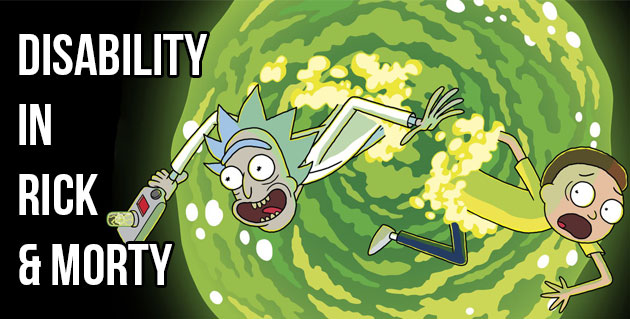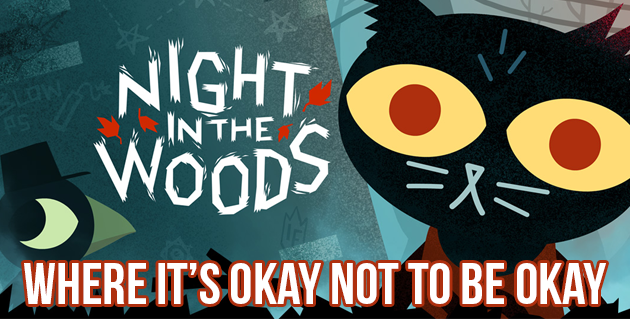by Lydia Rivers
Note: This review focuses on how the item interacts with my disability. If you wish to read about technical specifications and general features, I recommend Techradar’s comprehensive review. This is not a paid review or endorsement.
Hello everyone! My name is Lydia, and I’m a disabled gamer, writer, and visual novel designer. I’m constantly listening to all kinds of things to help me concentrate and relieve stress; it’s common for me to exceed ten hours’ worth of daily listening to music and other sound-intensive media, whether I’m active at work or sick in bed. I have chronic migraines, dyslexia, and clinical ADHD, so when it comes to a headset, I’m as needy as they get! Numerous symptoms interfere with my ability to utilize most headsets on the market, and it’s difficult to know where to begin because of the chronic lack of information addressing my concerns. Well, I recently purchased a HyperX Cloud Revolver S, and here is my experience for those in a similar predicament!
Read moreAccessibility Report: HyperX Cloud Revolver S Gaming Headset

